Savory and umami are fundamentally different flavor components: umami is a basic taste detected by specific receptors on your tongue (T1R1/T1R3), while savory is an aromatic experience perceived through your nose. This distinction matters because umami provides deep, lingering flavor satisfaction that allows you to reduce sodium by up to 30% without sacrificing taste, while savory creates the aromatic complexity that makes food smell irresistible. Understanding this difference transforms your cooking by giving you precise control over flavor balance in everyday meals.
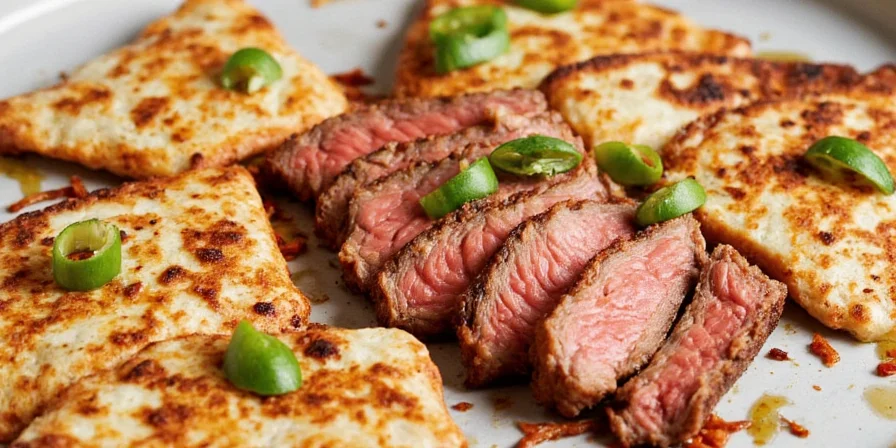
Image: A perfectly grilled steak showcasing natural umami development through Maillard reaction.
What Every Cook Needs to Know About Savory vs Umami
Umami isn't just "savory flavor"—it's a scientifically verified fifth taste discovered in 1908 by Dr. Kikunae Ikeda. When glutamate binds to receptors on your tongue, it triggers a unique neurological response that creates mouthwatering satisfaction. Savory, by contrast, refers to the complex aroma profile created by cooking processes like roasting and grilling. This explains why a seared steak smells amazing (savory) but also creates that deep, satisfying mouthfeel (umami).
The practical difference matters in your kitchen: umami compounds like glutamate and inosinate actually change how your brain perceives saltiness. This is why adding tomato paste or mushrooms to dishes lets you reduce sodium by 30% while maintaining—or even enhancing—flavor satisfaction. Savory elements (like herbs and spices) work differently, expanding the perceived flavor volume through aromatic compounds that coat your palate.
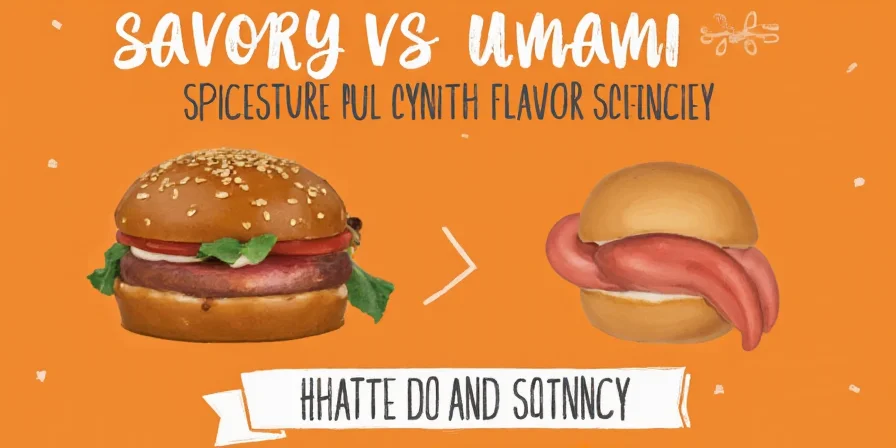
Image: Volatile compounds in fresh herbs drive savory complexity through aromatic diffusion.
Why This Distinction Solves Common Cooking Problems
Most home cooks struggle with dishes that taste "flat" or require excessive salt. The solution lies in understanding these two flavor dimensions:
- When food lacks depth despite added salt, you need more umami (glutamate sources)
- When food smells bland despite tasting okay, you need more savory elements (aromatic compounds)
Professional chefs layer both intentionally: searing meat creates savory aromas while adding mushroom powder boosts umami. This creates multidimensional flavor impossible with either alone. The good news? You can implement this science immediately with ingredients already in your pantry.
| Flavor Dimension | How It Works | Everyday Fix |
|---|---|---|
| Umami (Taste) | Triggers salivation and flavor satisfaction through glutamate receptors | Add 1 tsp tomato paste per cup of sauce early in cooking |
| Savory (Aroma) | Creates perceived flavor volume through volatile compounds | Bloom spices in oil before adding liquids |
| Combined Effect | Synergistic flavor amplification (1+1=8 effect) | Add mushroom powder to seared meats for maximum impact |
Simple Techniques That Deliver Restaurant-Quality Results
Forget complicated recipes—these three evidence-based techniques transform everyday cooking:
- The 5-Minute Umami Boost: Add 2 tsp dried shiitake powder to soups or sauces during the last 5 minutes of cooking. This preserves nucleotides that degrade above 90°C while delivering immediate flavor depth.
- Savory Activation Sequence: Bloom whole spices in oil at 160°C (320°F) before adding ground spices at 190°C (375°F). This two-stage process maximizes aromatic compound release without burning delicate terpenes.
- Salt Timing Strategy: Apply 70% of salt early to enhance protein breakdown, then add 30% at the end to preserve umami receptor sensitivity. This creates perceived saltiness with 25% less sodium.
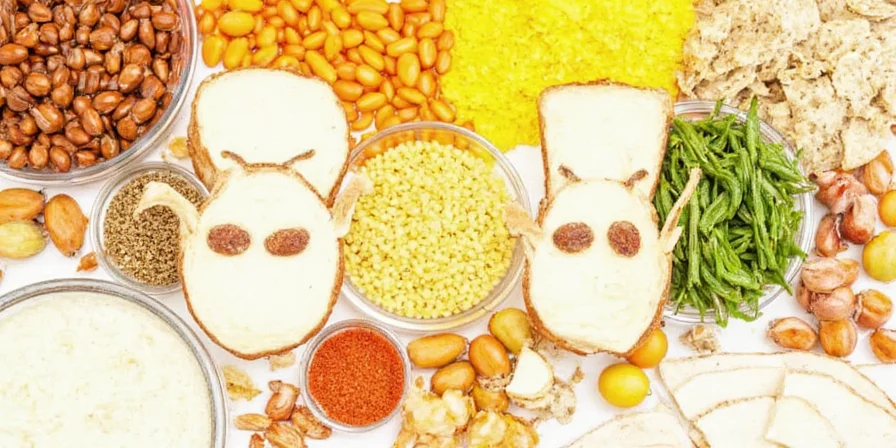
Image: Controlled spice blooming maximizes aromatic compound release.
What Science Says About Sodium Reduction
Recent flavor research confirms umami's role as sodium's natural replacement. Glutamates stimulate the same salivation response as salt—but without sodium's health impacts. In controlled studies, dishes with 30% less sodium maintained perceived saltiness when umami compounds reached 0.5% concentration. The key is proper implementation:
- For meat dishes: Add 5% tomato paste early and finish with 2% mushroom powder
- For plant-based dishes: Use 3:1 tomato-to-shiitake ratio for synergistic amplification
- Avoid boiling umami-rich broths (degrades nucleotides above 90°C)
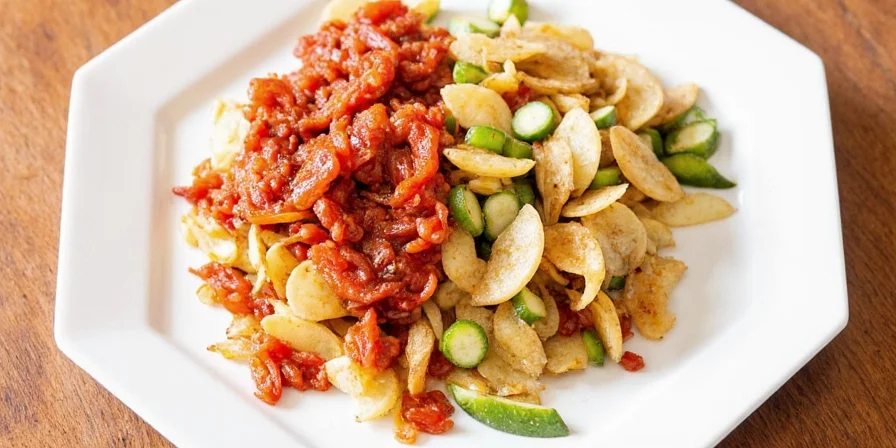
Image: Natural glutamate concentrations in common umami ingredients measured in mg/100g.
Quick Reference: Building Block Ingredients
You don't need specialty products—these common ingredients deliver maximum impact:
- Umami Powerhouses: Tomato paste (glutamates), dried mushrooms (nucleotides), aged cheeses (fermented glutamates)
- Savory Enhancers: Fresh herbs (volatile compounds), smoked paprika (guaiacol), black pepper (piperine)
- Synergy Combos: Beef + mushrooms (IMP-GMP synergy), tomatoes + kelp (glutamate-nucleotide pairing)
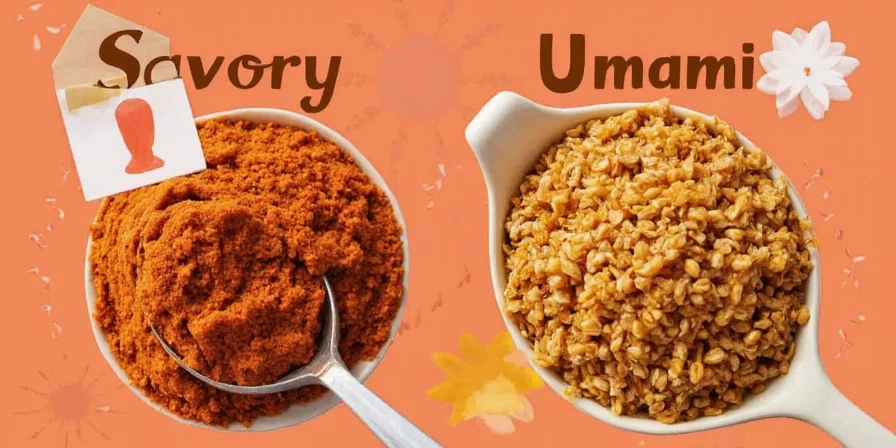
Image: Precision-blended spice formulations targeting specific flavor receptors.
Frequently Asked Questions
How can I fix a bland soup using these principles?
Add 2 tsp tomato paste (umami) and bloom 1 tsp thyme in oil (savory) before stirring into your soup. The tomato paste provides glutamates that enhance flavor perception, while the bloomed thyme releases aromatic compounds that expand perceived flavor volume. This combination often eliminates the need for additional salt.
Why do my vegetarian dishes lack depth compared to meat dishes?
Meat naturally contains inosinate (a nucleotide) that multiplies the effect of glutamates. For plant-based dishes, create this synergy by combining glutamate-rich ingredients (tomatoes, soy) with nucleotide providers (mushrooms, seaweed) in a 3:1 ratio. A tablespoon of dried shiitake powder added to tomato-based sauces creates the same flavor amplification that makes meat dishes satisfying.
Does cooking destroy umami compounds?
Glutamates remain stable up to 120°C (248°F), but nucleotides degrade rapidly above 90°C (194°F). Preserve maximum impact by adding fresh umami sources (like tomato) early in cooking, then finishing with nucleotide-rich ingredients (mushroom powder) during the last 5-10 minutes. Slow-cooked dishes actually increase free glutamates through enzymatic breakdown—just avoid vigorous boiling.
How can I reduce salt without losing flavor satisfaction?
Leverage umami's sodium-reduction superpower: add 0.5% concentration of glutamate sources (about 1 tsp tomato paste per cup of liquid) to trigger the same salivation response as salt. Studies show this approach maintains perceived saltiness while reducing sodium by 30%. For best results, apply 70% of your salt early in cooking and reserve 30% for finishing to preserve umami receptor sensitivity.
Putting It All Together: Your Flavor Enhancement Roadmap
Start implementing these principles tonight with whatever you're cooking. First, identify whether your dish needs more depth (umami solution) or more aromatic complexity (savory solution). Then apply the appropriate technique from the quick reference section. Most importantly, notice the difference—umami isn't theoretical science but measurable flavor improvement you can taste immediately. Within a week of intentional application, you'll develop an intuitive understanding of how to balance these elements for professional-quality results in everyday cooking. The best part? You'll likely reduce sodium naturally while creating more satisfying meals that please everyone at your table.

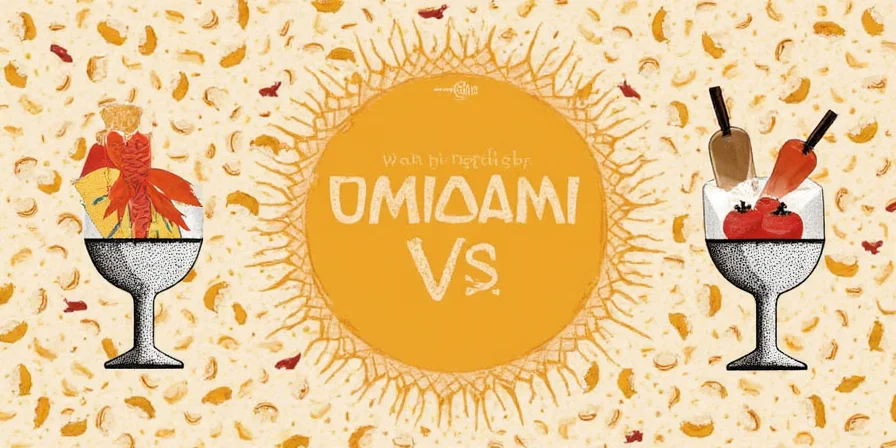









 浙公网安备
33010002000092号
浙公网安备
33010002000092号 浙B2-20120091-4
浙B2-20120091-4